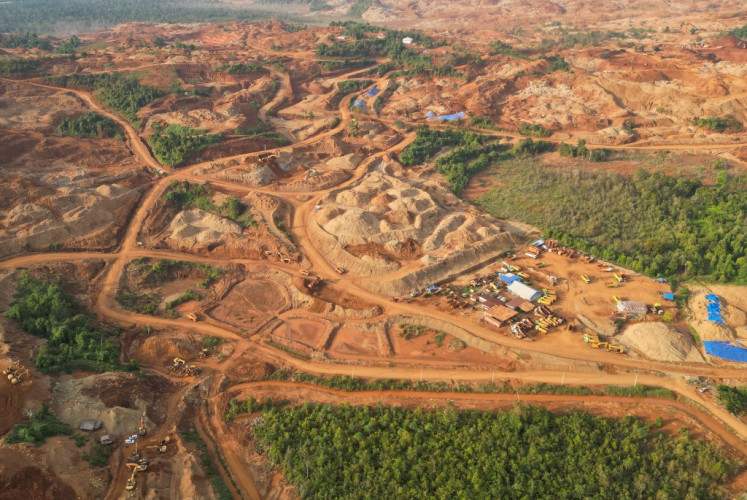Only 56% of Japan's shelters found quake-resistant
Only about half of the designated evacuation sites in 44 prefectures are quake-resistant, according to a survey conducted by the Board of Audit
Change text size
Gift Premium Articles
to Anyone

O
nly about half of the designated evacuation sites in 44 prefectures are quake-resistant, according to a survey conducted by the Board of Audit.
Out of the 90,262 shelters designated by 1,615 municipalities, 50,964, or 56.5 per cent, could adequately withstand earthquakes, the board said Wednesday. The survey did not cover Iwate, Miyagi and Fukushima prefectures.
The survey has brought to the fore questions regarding the resistance of evacuation centres, as about 44 per cent of them are not well prepared for secondary damage caused by aftershocks. Yet many people are expected to stay at such shelters if there is a massive quake, such as a Nankai Trough earthquake or a quake directly under the metropolitan area.
Public facilities such as school buildings and community centers are designated as evacuation centres based on a regional disaster prevention plan mapped out by each municipal government.
The board, which received a request from the Diet to inspect the antiquake measures implemented at such shelters, conducted an oral survey of the local governments. The rate of earthquake-proofed school buildings has increased to 85.5 per cent.
The Education, Culture, Sports, Science and Technology Ministry aims to complete reinforcing the school buildings against earthquakes by fiscal 2015.
However, reinforcement against seismic activities at other evacuation shelters such as community centres and assembly halls has not made much progress. In this area, the quake-proofing rate remained at less than 60 per cent.
By municipalities, 73.8 per cent of shelters in ordinance-designated cities, 57.5 per cent in other cities and wards and 49.3 per cent in towns and villages are resistant to seismic shocks.
The results show that towns and villages are far behind in taking measures compared to urban districts.
Meanwhile, among 1,615 municipalities, only 37.2 per cent, or 600, have mapped out a manual on how to operate an evacuation centre, such as what kind of arrangements for daily life should be made there.
While 94.7 per cent of ordinance-designated cities have drawn up their own manuals, only 21 per cent of towns and villages have done so.
After the Great East Japan Earthquake in March 2011, hygiene problems in such places as restroom facilities and supply shortages cropped up at many shelters.
The Cabinet Office, which has held meetings to improve the living environment at evacuation centres since October last year, compiled a report in March asking local governments to create manuals, set up guidelines to operate evacuation centres and explain how they plan to cope with issues that may occur at the shelters.









